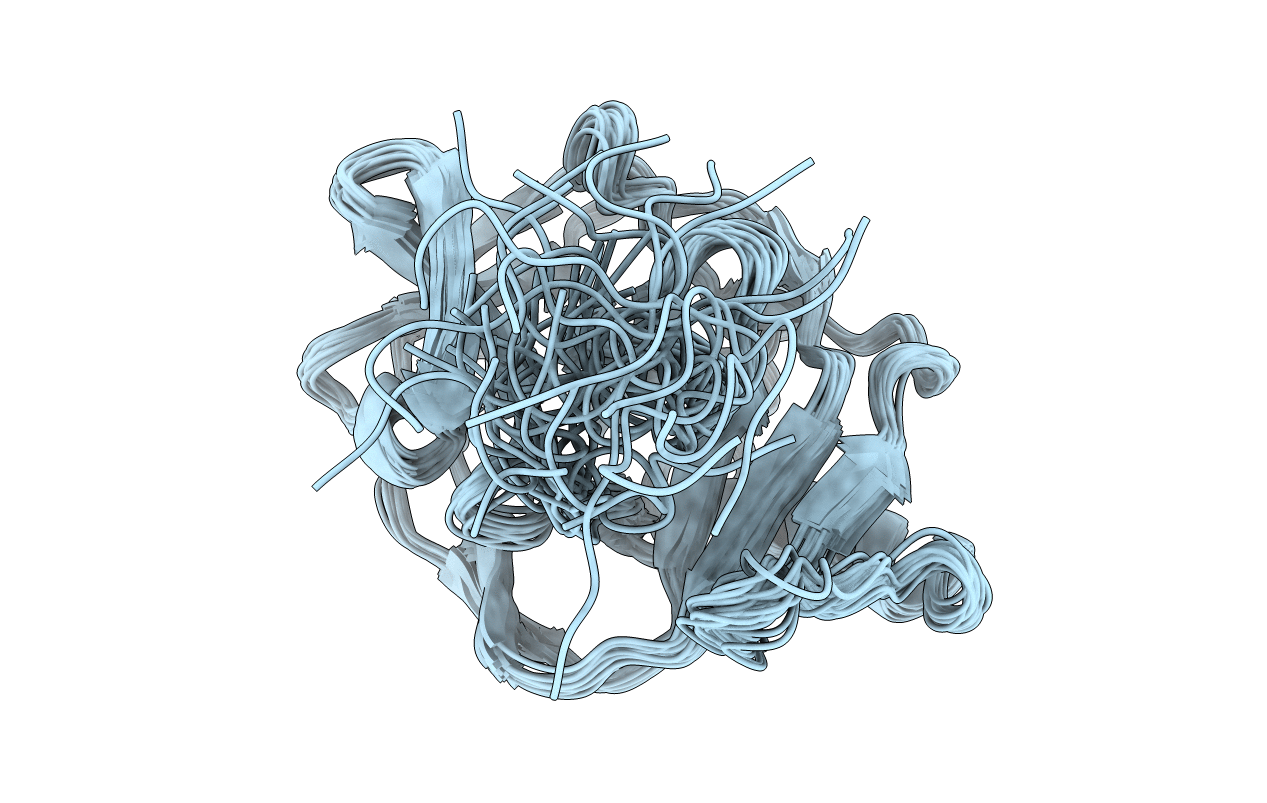
Deposition Date
2006-12-14
Release Date
2007-07-10
Last Version Date
2023-12-20
Entry Detail
PDB ID:
2JMZ
Keywords:
Title:
Solution structure of a KlbA intein precursor from Methanococcus jannaschii
Biological Source:
Source Organism:
Methanocaldococcus jannaschii (Taxon ID: 2190)
Host Organism:
Method Details:
Experimental Method:
Conformers Calculated:
100
Conformers Submitted:
20
Selection Criteria:
target function


